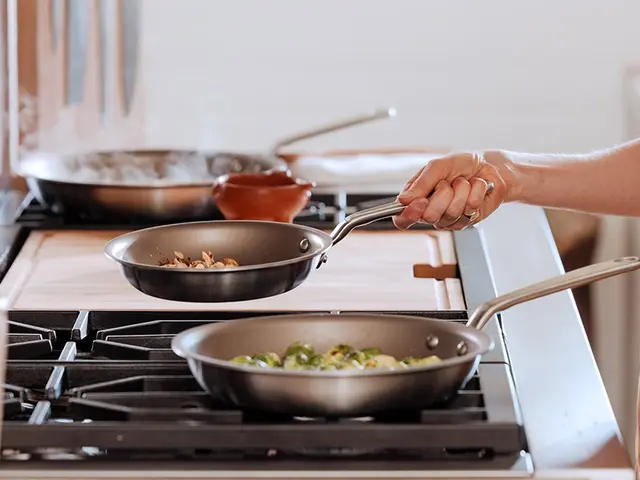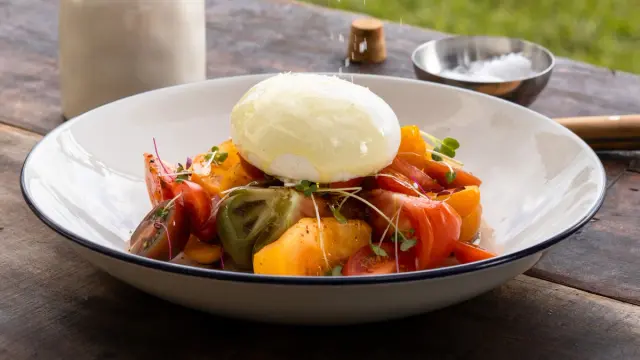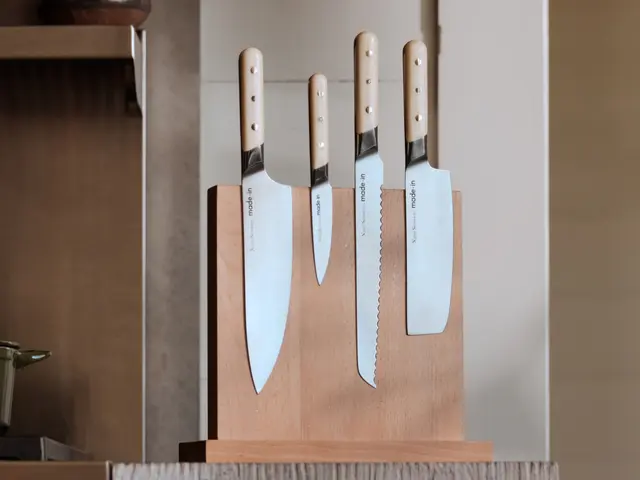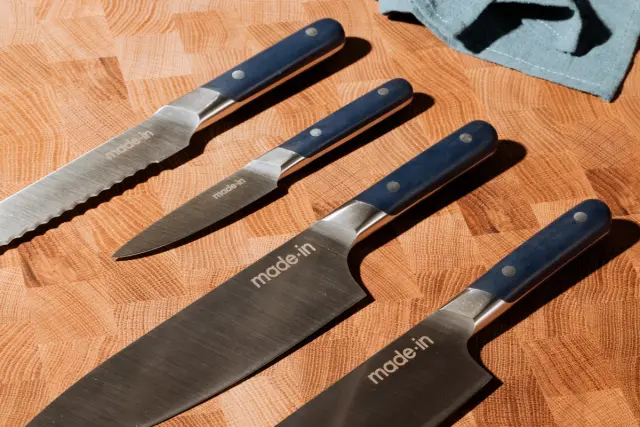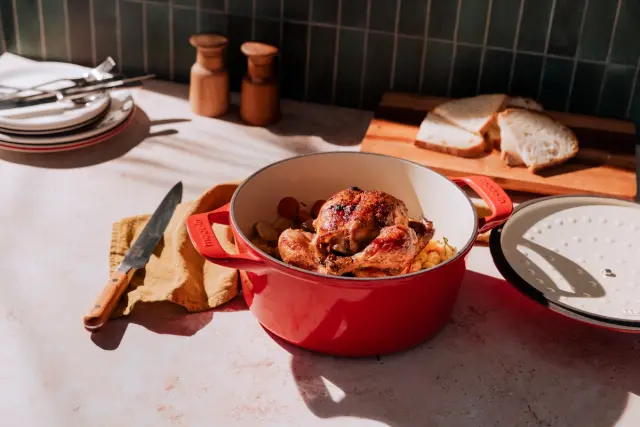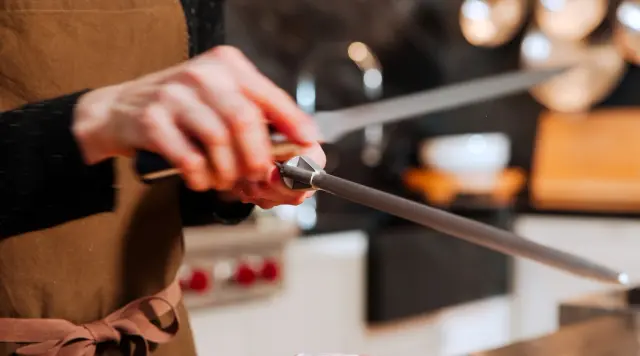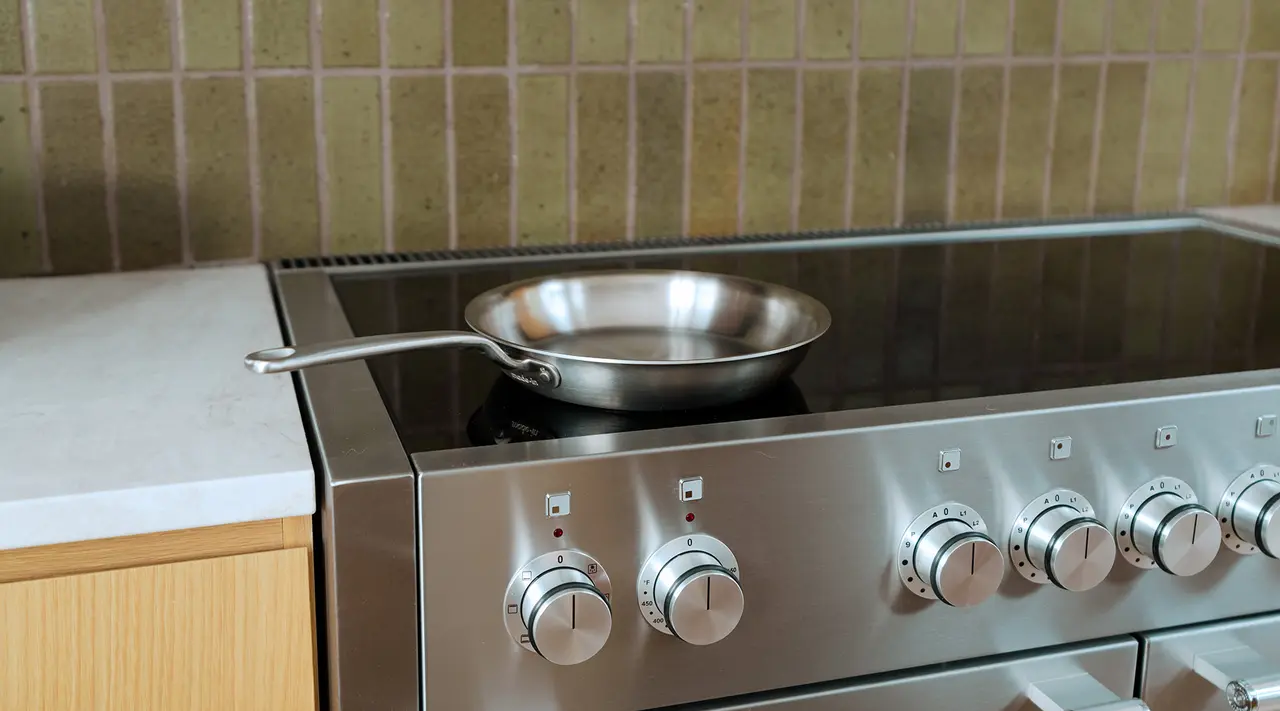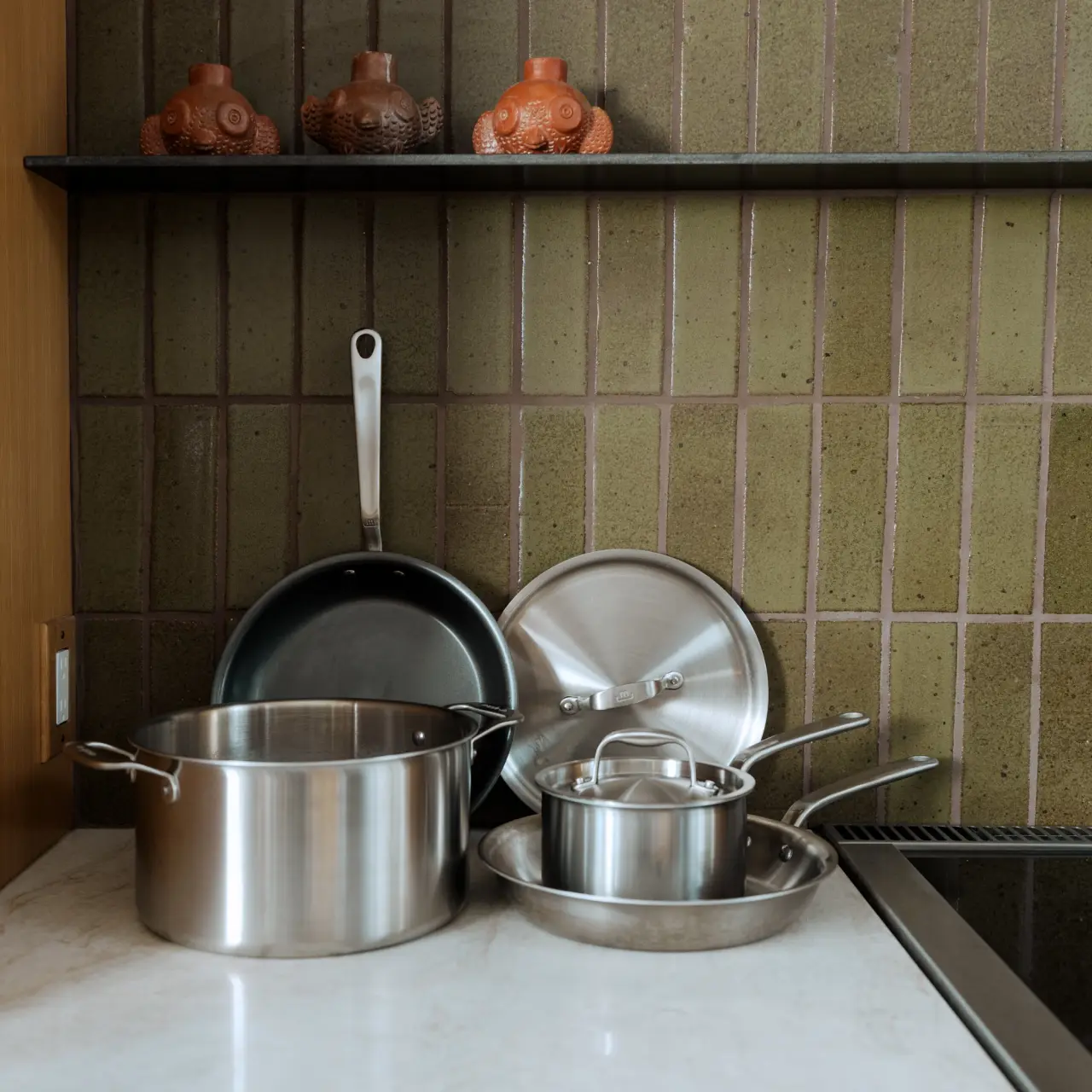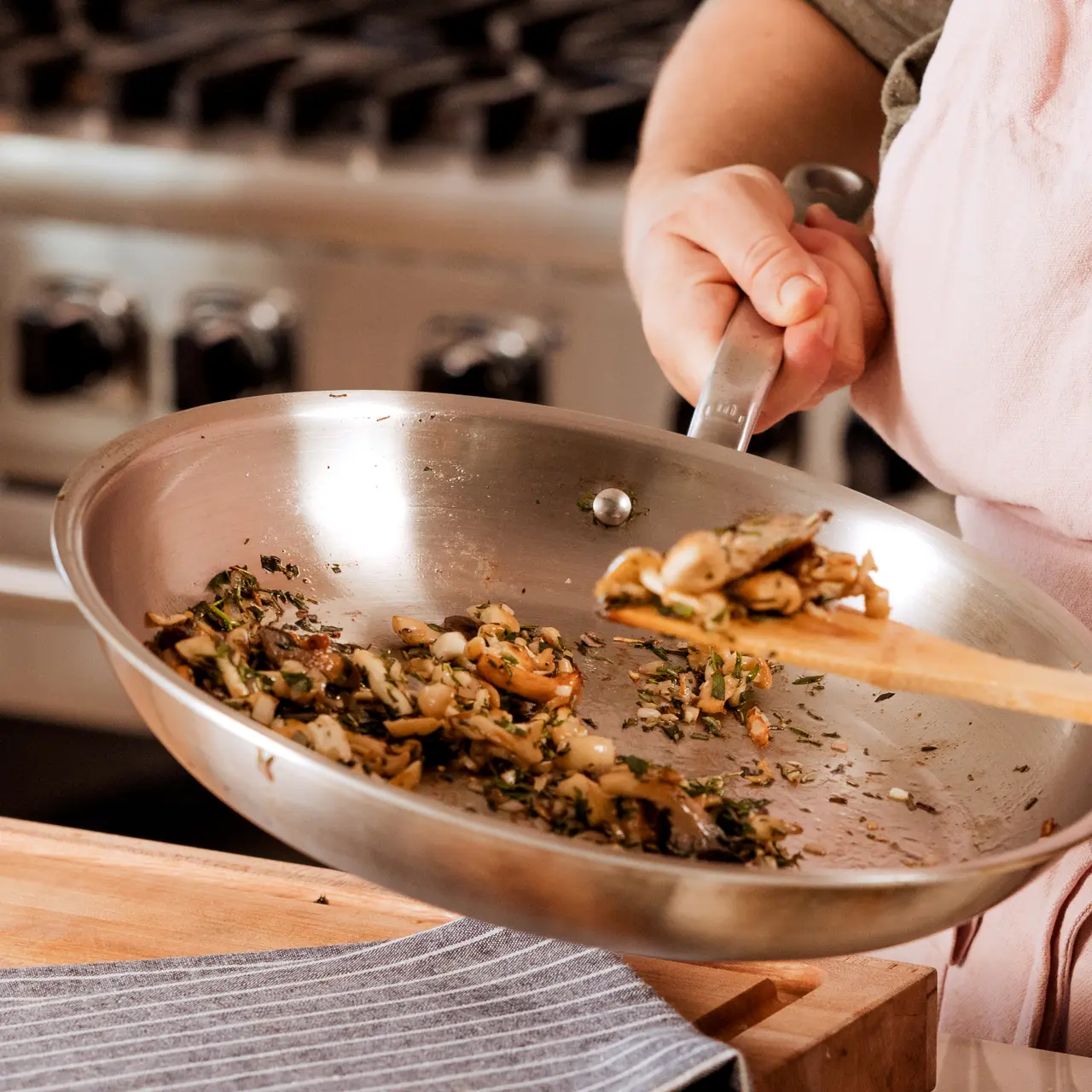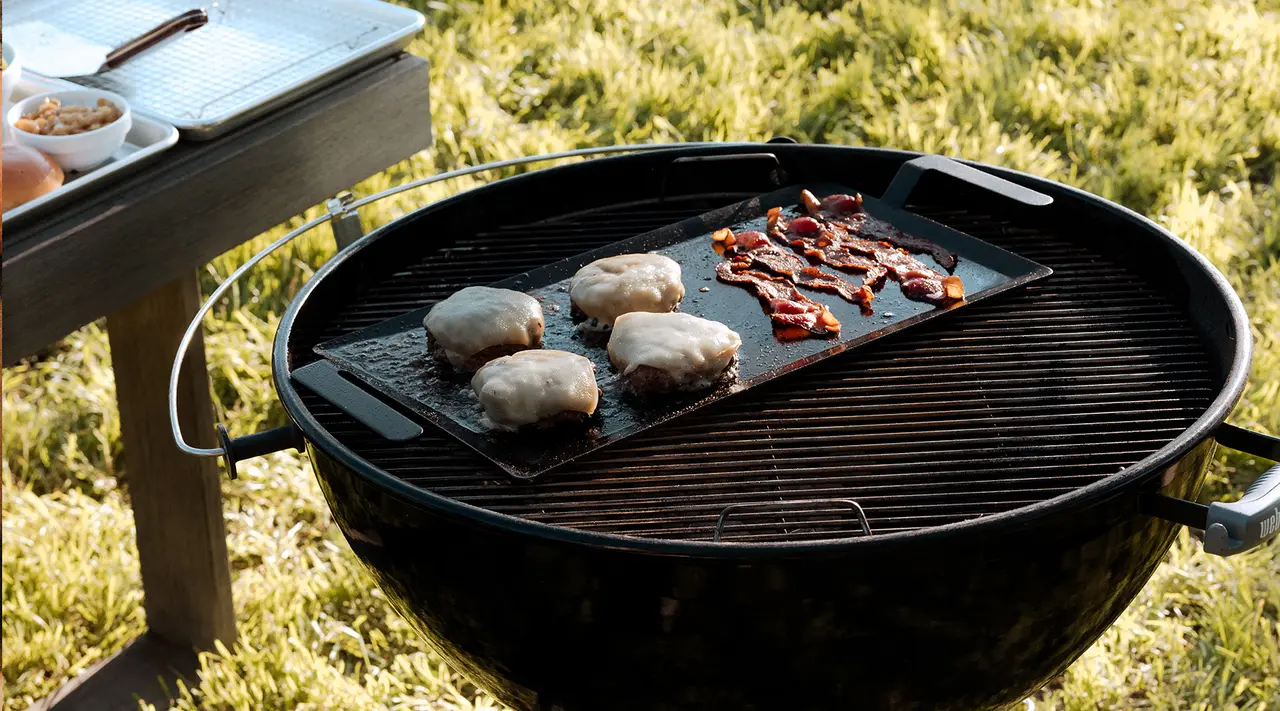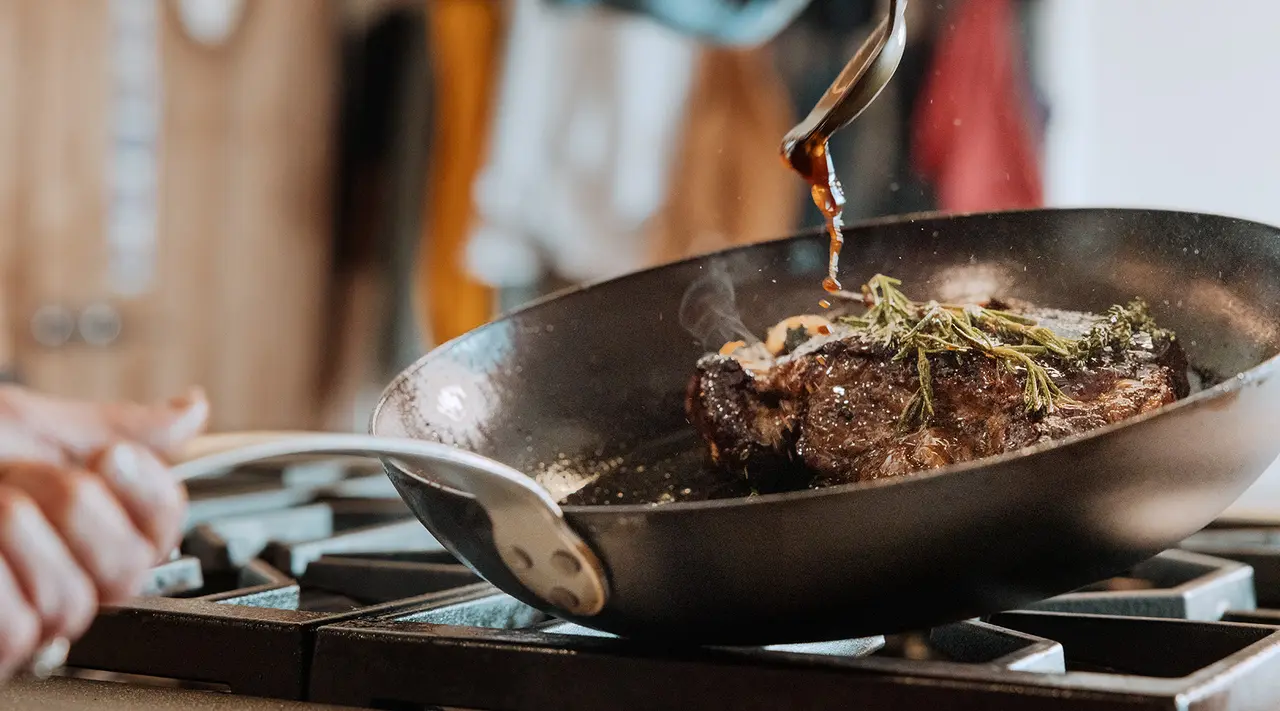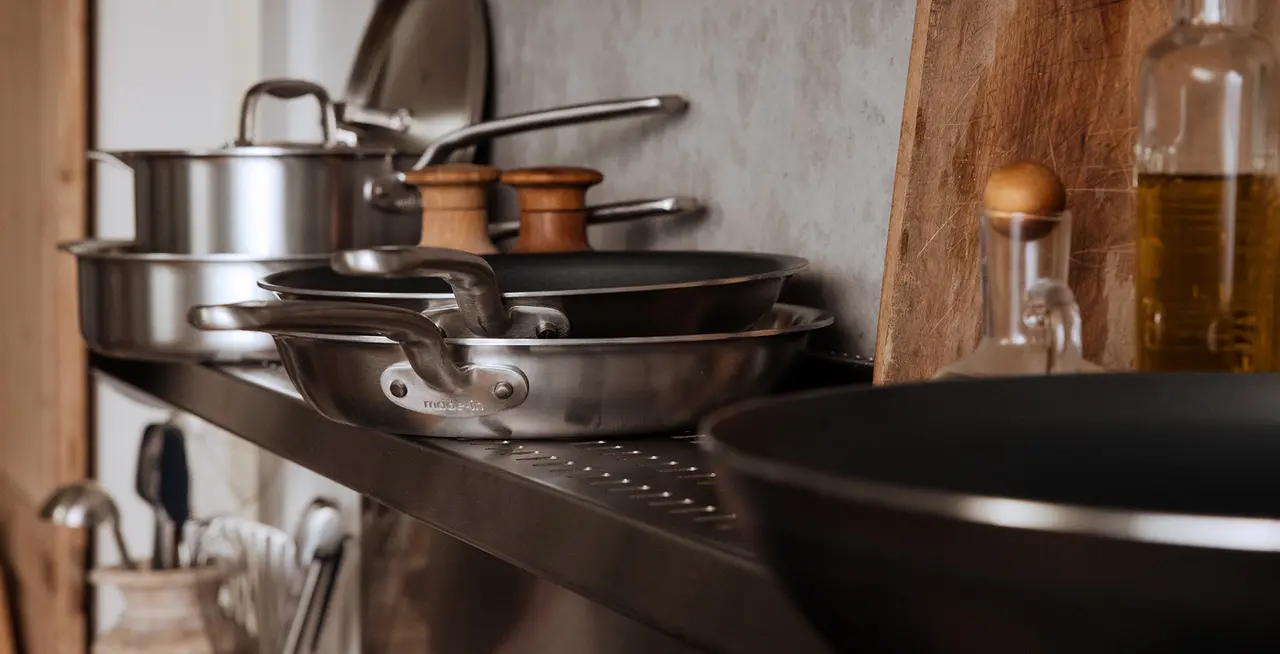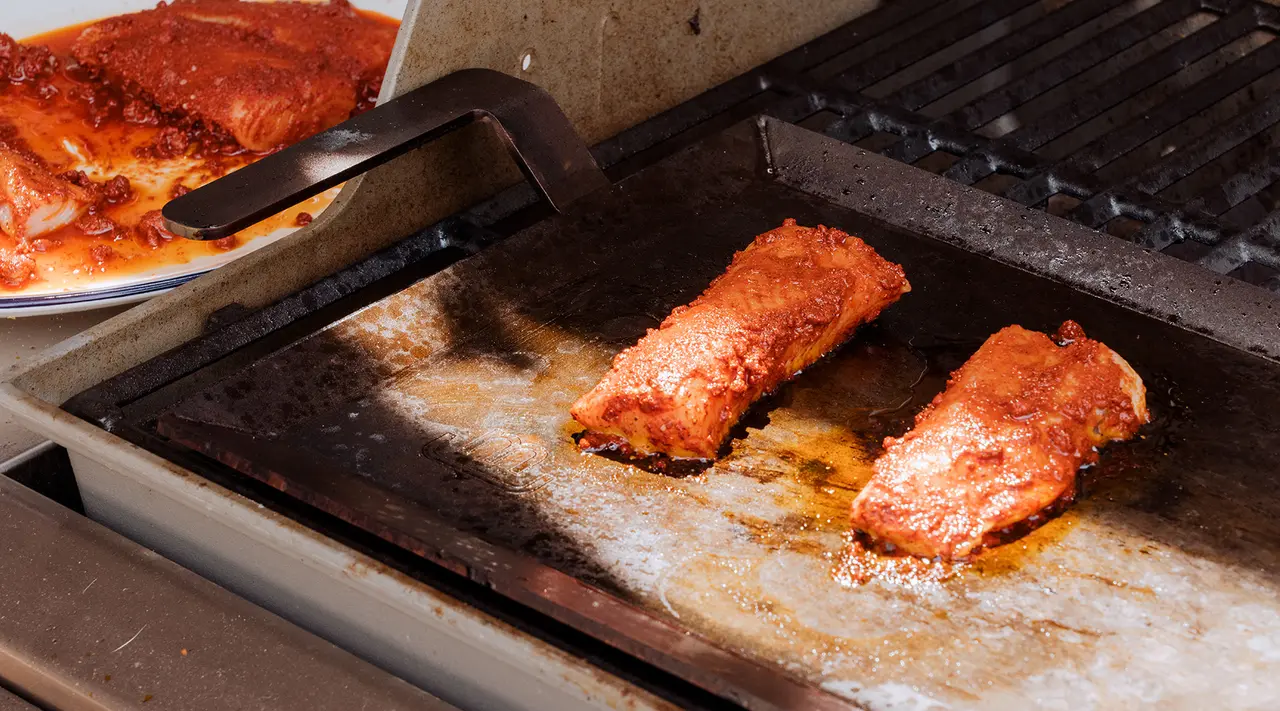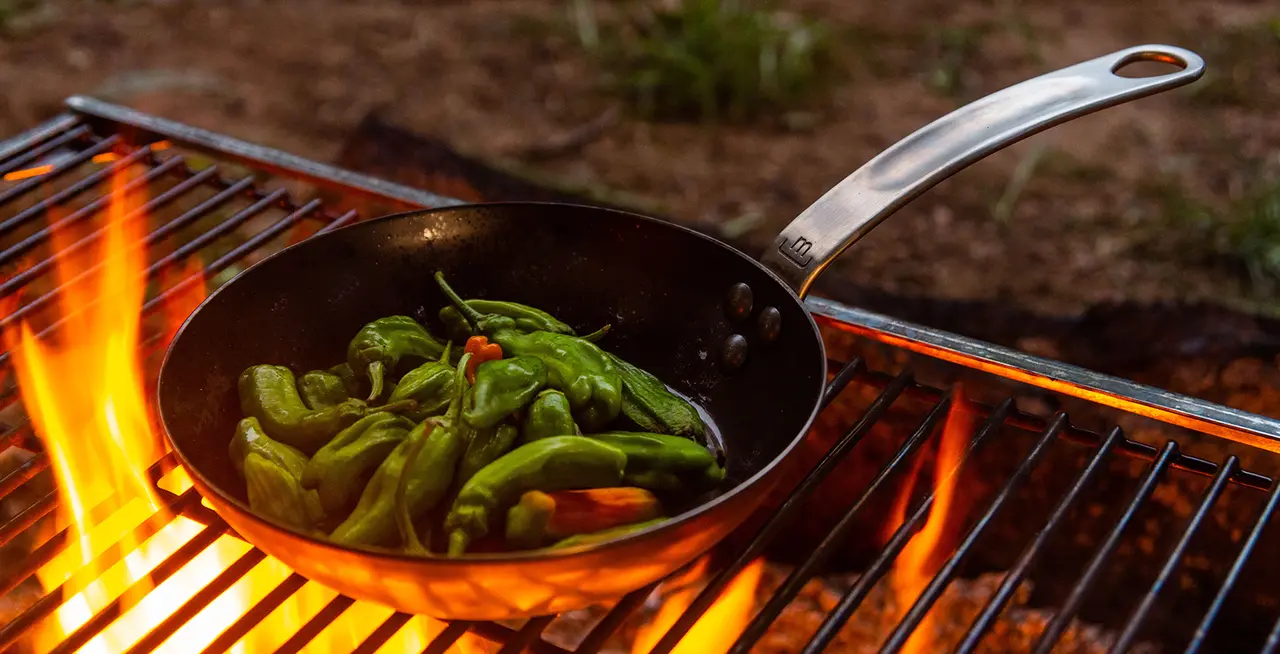If you've done any cursory Googling on the topic, you likely know the future of stoves is moving away from gas in favor of electric. But the future can’t be that rickety, coiled electric stove you had in your first rental...right?
Enter: induction stoves. While these cooktops were first introduced in the early 1970s, induction stoves have started to pick up traction in a major way because of their energy efficiency, built-in safety features, speedy heating, and more. Here's everything you need to know about induction stoves, including what cookware is best for them.
How Do Induction Stoves Work?

If you’ve owned either a gas or coil range, you’re probably used to understanding how your stove operates just by taking a quick glance at the cooktop: turning the dial activates the burner, which then heats your pan. Easy enough. Because most of an induction stove’s hardware is located beneath a glass surface, they require a bit of explanation.
While gas and electric stoves rely on thermal conduction, induction stoves heat cookware through electrical induction. In simple terms, thermal conduction is the transfer of heat from one surface to another through direct contact (i.e., the burner gets hot and heats your pan).
Electrical induction, on the other hand, uses a magnetic field to send alternating electric currents from the stove to your pot or pan. Because the heat bypasses the burner and is transferred directly to your cookware, it heats quickly and less energy is wasted—plus only the cookware gets hot, not the cooktop; good news for errant fingers.
Induction vs. Gas Stoves
lThe main factor that sets induction and gas stoves apart is the different way these stoves transfer heat. The burners on a gas stove create a flame when gas meets air, and cook food through thermal conduction. They’re more common than induction (and some home cooks swear they’re the key to great food), but the heat and may flame be difficult to control and recent studies show that they may cause indoor air pollution over time.
While “thermal conduction” sounds like a technical term reserved for high-level physics, it’s actually something that you do multiple times per day. Activities that you probably don’t give much thought to, such as getting into a hot shower, making a cup of tea, or ironing your clothes are all examples of thermal conductivity, as heat is spread through direct contact.
Because induction stoves don’t heat through thermal conduction, there’s no flame or hot burners. This results in a stove with incomparable heat control.
Induction vs. Electric Stoves
Technically, induction stoves are electric in that they’re plugged into an outlet. However, since they work so differently from the typical electric stove, they’re placed in their own category.
The typical electric stovetops found in many rental units either feature coiled rings that get red hot or hidden heating mechanisms locked below a ceramic surface. Just like a gas stove, heat is then transferred to your cookware through thermal conductivity.
Both types of electric stovetops are known for their slow and uneven heating, which can cause hot and cold spots, no matter how high-quality your cookware is. The heat response on electric stoves can also vary, which inevitably leads to longer cooking times and more frustration.
Induction doesn't face these pitfalls, as one reason (of many) people are turning toward these stovetops is the level of heat control and response induction offers.
What Are the Benefits of Induction Stoves?

Induction stoves offer several advantages over both gas and electric ranges, ranging from (long-term) savings to personal health.
Energy Efficient
Because induction stoves use electrical induction to quickly heat only where a pan touches the stovetop, very little energy is wasted. This means that induction stoves are more energy efficient than the typical gas or electric range, which both saves you money on your utility bill and lowers your carbon footprint.
Better Indoor Air Quality
Recent studies monitoring indoor air pollution have concluded that induction stoves produce less nitrogen dioxide than gas ranges, meaning they’re much better for your body over a long period of time. A study conducted over a 10-month monitoring period found that apartments that switched to induction from gas stoves saw a 35% reduction in indoor nitrogen dioxide emissions.
Built-in Safety Features
Parents of small children know that the combination of a hot stove and small fingers is a constant source of anxiety. But because induction stoves heat food through a magnetic field (rather than traditional thermal conduction via contact with a heat source), induction stovetops never actually get hot. In simpler terms: there’s no risk of burning.
What Cookware Is Induction Compatible?
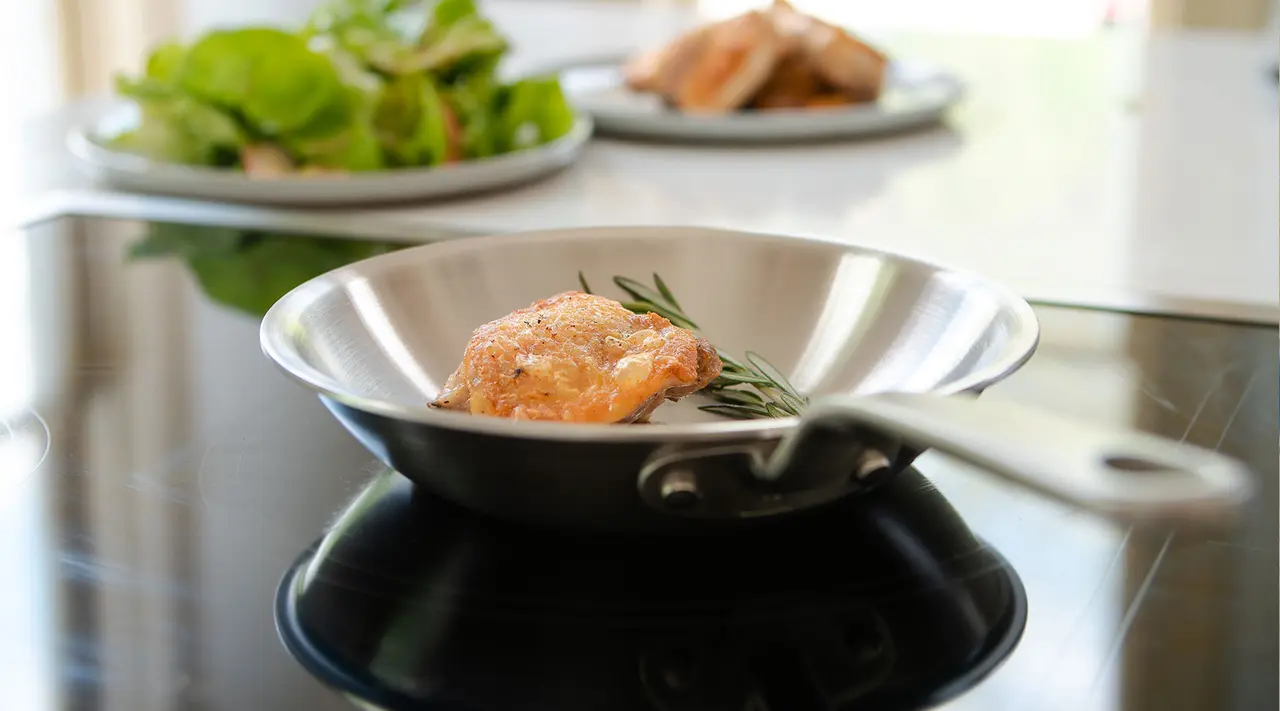
Because induction cooking works by creating a magnetic field that heats the pan, not all cookware can be used on an induction stove. Some metals, like copper and aluminum, are nonferrous and won’t create the magnetic field that induction cooking requires.
One method to determine if your cookware is induction compatible is to examine either the packaging or the bottom of the pan you already own for an “induction compatible” symbol, which looks like a coil of wire with 4 loops. However, you can also see if a magnet will either stick to or be repelled by the bottom—if it interacts with the cookware at all, it’s induction compatible.
All carbon steel, stainless steel, and cast iron (enameled or otherwise) pieces should be induction compatible. Typically, aluminum and copper are not. Non stick cookware may or may not be induction compatible, depending on the construction material beneath the non stick coating.
Induction Compatible Cookware to Avoid
You'll notice some induction-compatible cookware features a pasted-on bottom plate made of a ferromagnetic material. This is a cheaper alternative than making the entire pot or pan out of induction-compatible materials—and while it will work on induction, it will lead to hot or cold spots on the cookware, particularly up the sides which will not heat up if not made from the same ferromagentic materials.
If you have an induction stove, we highly recommend looking for cookware—like ours—that is instead fully made of induction-compatible materials from top to bottom. This leads to no uneven cooking or hot or cold spots—only even heating and heat response.
Ready to Cook?
With quick heat and quicker cleanup, induction stoves are gaining noticeable traction in the U.S. and beyond. For those thinking of investing in one, you’ll need induction-friendly cookware to go along with it.
Luckily, our collections of professional-grade Stainless Clad, Carbon Steel, Non Stick, and Enameled Cast Iron are engineered to work on all cooktops, including induction. Shop our induction-compatible collection for cookware that's engineered for your induction stove.
